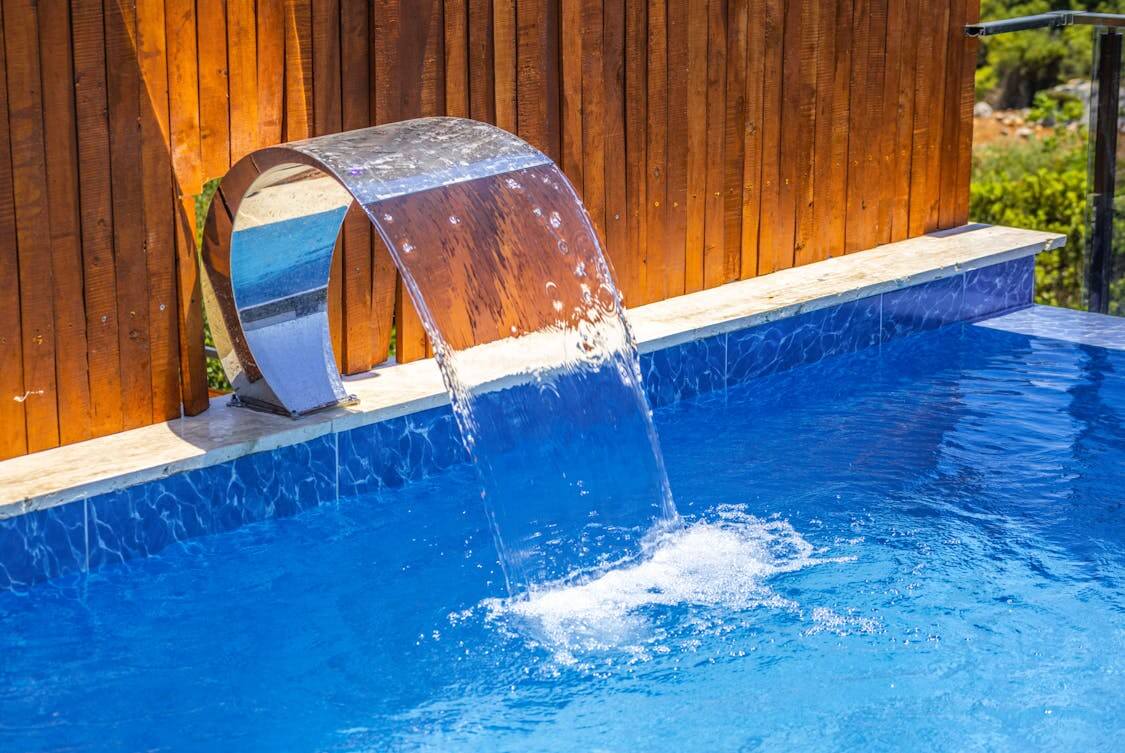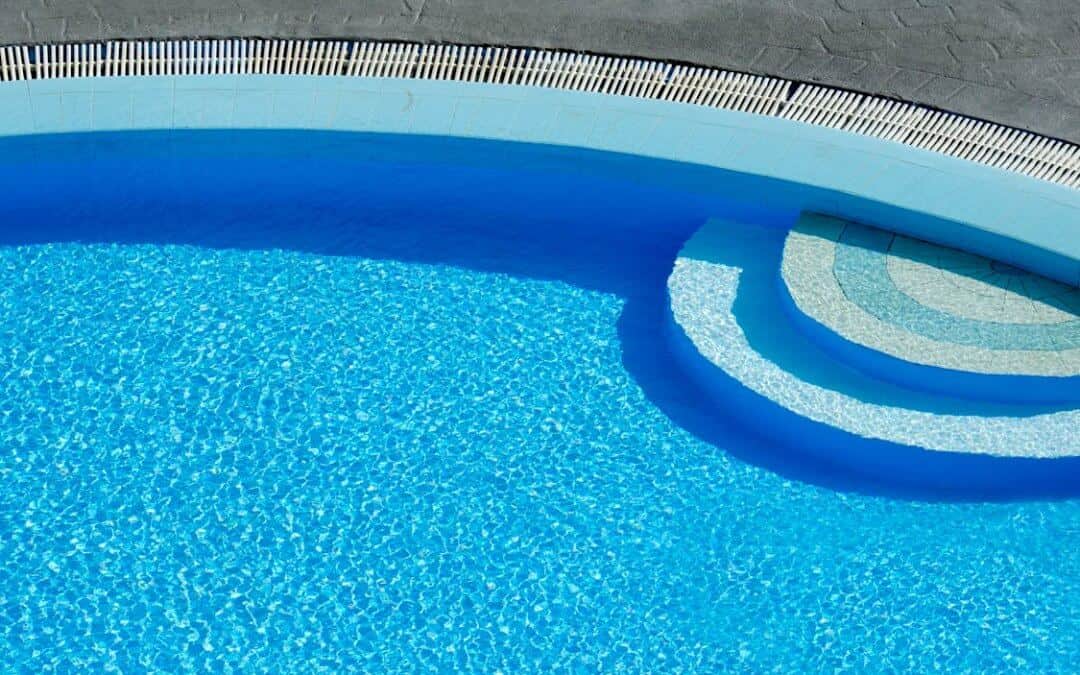Owning a pool can be a delightful experience, but it also comes with responsibilities. One of the most important aspects of pool ownership is ensuring that your swimming area is safe and well-maintained.
This is where a pool inspection comes into play. Let’s take a closer look at what to expect during a pool inspection process.
Understanding the Purpose of a Pool Inspection
A pool inspection is a thorough examination of your pool and its surrounding areas. The primary goal is to identify any safety hazards or maintenance issues that could affect the functionality of the pool.
Inspectors look for potential risks, ensuring that everything is up to code, and your pool remains a safe haven for family and friends.
The process can provide peace of mind, revealing areas that might need attention.
Whether you’re buying, selling, or simply maintaining your pool, an inspection is essential. It helps keep everything in tip-top shape, ensuring your water fun doesn’t come with hidden dangers.
What Happens Before the Inspection?
Before the inspector arrives, homeowners should prepare their space. This isn’t just about cleaning the pool; it’s about creating an environment conducive to a thorough examination.
Clear any debris from the pool and surrounding deck, and make sure that gates and ladders are accessible. This allows the inspector to get right to work without hitches.
Homeowners should also gather relevant documents. This includes past inspection reports, service records, and warranties on pool equipment.
Having this information on hand can aid the inspector and provide a clearer picture of the pool’s maintenance history.
The Visual Inspection Begins
Once the inspector arrives, the visual assessment kicks off. This is a comprehensive look at the pool area, beginning with the surface water.
Inspectors examine the water clarity and chemical balance. Clear water isn’t just aesthetically pleasing; it indicates proper maintenance.
Next, the inspector evaluates the pool structure itself. Cracks, chips, or any signs of wear and tear can indicate larger problems.
They will also check the tiles, coping, and surfaces, looking for any signs of deterioration. Maintaining the physical integrity of the pool structure is key to preventing leaks and ensuring safety.
Equipment Check
After assessing the pool itself, the next step involves inspecting the pool’s equipment. This includes pumps, filters, heaters, and any automatic cleaners.
Inspectors will look for any signs of wear and tear, leaks, or inefficient operation. Equipment that isn’t functioning properly can lead to further issues down the line.
The inspector will also examine the plumbing system connected to the pool, checking for leaks and ensuring that all connections are secure.
Faulty equipment can not only affect water quality but may also lead to costly repairs if not addressed promptly.
Safety Features Examination
Safety cannot be overlooked when it comes to pool inspections. Inspectors will carefully examine the safety features installed around the pool area.
This means checking the condition of fences, gates, and any other barriers designed to keep unsupervised individuals, especially children, away from the pool.
If you haven’t checked your pool’s safety features recently, it’s time to book a pool inspection in Melbourne to make sure everything meets the necessary standards.
They will also inspect diving boards, slides, and any other recreational features for safety compliance. Ensuring that these elements are in good condition is paramount, as they play a significant role in preventing accidents.
Chemical Balance Assessment

The next crucial part of the inspection focuses on the pool’s water chemistry. Inspectors will often take samples to assess chlorine levels, pH balance, alkalinity, and other chemical components.
Keeping the right balance is essential for both safety and comfort.
Water that is too acidic can lead to skin irritation or damage to pool surfaces. Conversely, water that is too alkaline can cause scaling and cloudiness.
Inspectors often recommend specific adjustments following their assessment to maintain optimal water quality.
Electrical Components Inspection
Most pools have substantial electrical components, from lighting systems to pumps.
Inspectors will examine all electrical connections, looking for any signs of corrosion, frayed wires, or improper grounding. Safety is paramount, and any electrical issues can pose serious risks.
This part of the inspection often requires a keen eye and expertise, as electrical problems may not always be visible. The inspector will make sure that all electrical components meet safety standards to prevent accidents.
Final Report and Recommendations
Once the inspection is complete, the inspector compiles a detailed report. This document outlines their findings, notes any deficiencies, and provides recommendations for repairs or maintenance.
A good report will not only highlight issues but will also suggest solutions.
Homeowners can use this report to prioritize repairs and improvements. It serves as a planning tool, ensuring that necessary actions are taken in a timely manner.
Whether it’s minor fixes or more extensive renovations, having a clear path forward is invaluable.
Follow-Up Actions
After receiving the inspection report, homeowners should take action based on the recommendations. This might include scheduling repairs, replacing outdated equipment, or upgrading safety features.
It’s wise to tackle these issues sooner rather than later, as neglecting them can lead to more significant problems down the road.
Some homeowners might choose to get multiple estimates from contractors to ensure they’re making informed decisions. This strategy helps in finding the best value and quality of work, ensuring that repairs or upgrades are completed efficiently.
Frequency of Inspections
How often should you have your pool inspected? While it can depend on various factors, a good rule of thumb is to schedule an inspection at least once a year.
Those who have older pools or those that are heavily used might benefit from more frequent checks. Regular inspections help catch problems early, saving time and money in the long run.
Seasonal inspections can also be beneficial, especially before opening the pool for the summer or closing it for winter. These checks ensure that everything is ready for safe use during the swimming season.
The Cost Factor
Cost is always a consideration when it comes to pool inspections. Prices can vary based on location, pool size, and the depth of the inspection.
Typically, a comprehensive inspection can range from a few hundred to over a thousand dollars. It’s essential to view this expense as an investment in safety and maintenance.
While it might seem tempting to skip an inspection to save some cash, the long-term costs of neglect can far exceed the initial inspection fee.
Regular checks can help avoid unexpected expenses from repairs that could have been easily addressed.
Finding the Right Inspector
Choosing the right inspector is key to a thorough pool examination. Look for licensed professionals with experience in pool inspections.
Recommendations from friends or online reviews can guide your selection. A good inspector is not just knowledgeable but also communicative and willing to answer questions.
Taking the time to find a qualified inspector can make all the difference. Their expertise can provide valuable insights, ensuring your pool remains a safe and enjoyable environment for everyone.




